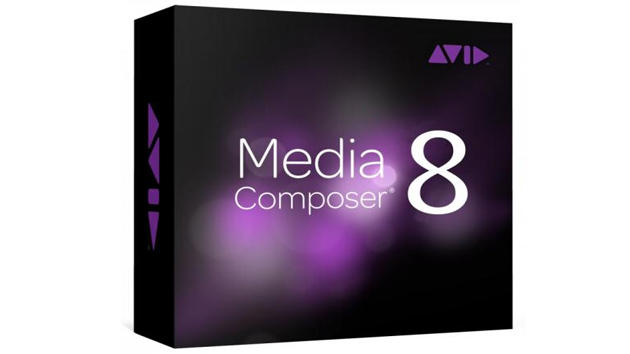Resolution Independence Becomes Real As the Avid Supports Rasters Up to 8192x8192
Avid Media Composer 8.4 sweetens the deal for high-resolution workflow, allowing users to work in custom resolutions all the way up to 8K.
Avid said the new version of Media Composer also improved real-time playback for other codecs. Sony XAVC-I is now supported natively (via the latest Sony AMA plug-in), as is Apple ProRes 2K, 4K, and UHD media. Those formats as well as Canon XF-AVC and Panasonic AVC-I can be mixed with DNxHR on the Avid timeline without affecting real-time playback.
Avid Media Composer Custom Frame Sizes
Minimum size: 256×128
Maximum size: 8192×8192
Frame rates: 23.976, 24, 25, 29.97, 30, 47.952, 48, 50, 59.94, 60
Each raster dimension must be an even number
For stereoscopic projects, height must be divisible by 4 and width by 8
Custom raster dimensions may be saved as presets
Source: Avid
"With the latest version of Media Composer, editors and assistants will be able to handle this high-resolution media while leveraging their existing HD infrastructure," said Avid Senior Segment Marketing Manage Charlie Russell in a prepared statement. Watch the video, below, for Avid's seven-minute summary of what's new in the latest release.
Other features new in v8.4 include closed-caption enhancements like the ability to preview captions on the Record, Source, and pop-up monitors as well as on the D-Track of the Avid timeline, and support for pop-on, roll-up, and paint-on captions. Caption text (and more) can be searched right on the timeline. The ability to resize monitors, making them much larger on screen than before, should be a significant improvement to the Avid interface, allowing quick customization for specific tasks—including the ability to switch between single- and dual-monitor display with one command. Source-side color, spatial and motion adapters can now be displayed (or not) on the timeline with different icons: T for temporal adapters, S for spatial adapters, and C for color adapters.
Alpha-channel export is now supported via DNxHR files in a QuickTime wrapper, and HD and SD media can now be transcoded to DNxHR while keeping its original frame rate. Compatibility between Media Composer software and Media Composer Cloud allows background uploading, rendering, consolidating and transcoding to take place along with remote cloud-based editing on the same system.The AAX factory presets for Pro Tools are now built into Media Composer, where they are available for use and adjustment in the audio track effect tool.
Finally, there has been a terminology change—AMA, short for Avid Media Access, is now referred to as "Link." So don't get confused when you see that AMA settings seem to have disappeared from the Project Settings window.
Avid's Resolution Independence initiative was announced last September, when the company first unveiled the DNxHR codec for greater-than-HD-resolution media. Those capabilities went live in Media Composer in December, but users were still limited to a set of pre-defined rasters that ranged up to a maximum of 4096x2160p60.
Your results will vary, of course, based on your system's performance. Avid recommends 32 GB of RAM for 4K editing. A PC workstation like the HP Z820/Z840, the Dell 7810/7910, or the Lenovo P700/P900 is recommended, with dual 8-core processing and Nvidia 5200 PCIe Gen3 graphics. On the Mac side, Avid recommends a 12-core Mac Pro running at 3 GHz with dual AMD FirePro 500/700 graphics.
Did you enjoy this article? Sign up to receive the StudioDaily Fix eletter containing the latest stories, including news, videos, interviews, reviews and more.











Leave a Reply